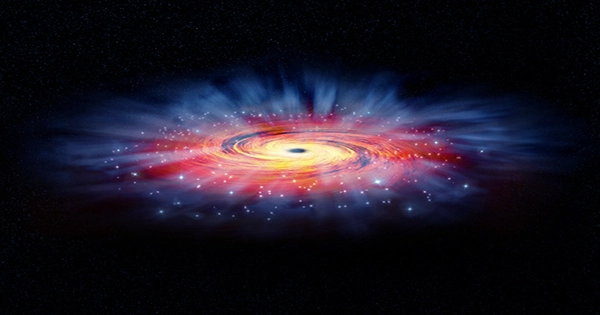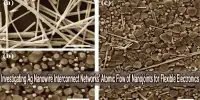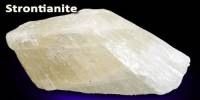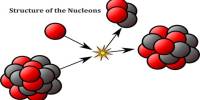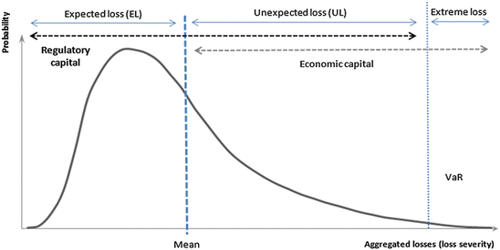Black holes are objects that exist at the edge of our knowledge of physics. We can’t see what’s going on within them beyond the event horizon because their immense gravity prevents anything from escaping, even light. This means that everything we know about their core qualities is based on mathematical models, which can often be misleading. A new work published in the journal PRX Quantum aims to provide the essential mathematical scaffolding to bridge the present gap between quantum mechanics and general relativity, our dominant theory of gravity.
Physicists are hunting for the legendary quantum theory of gravity, and one essential method is the principle of holography. “There are no particles in Einstein’s General Relativity theory; only space-time exists. And there is no gravity in the Standard Model of particle physics; only particles exist “The University of Michigan’s Enrico Rinaldi said in a statement. “In physics, connecting the two different theories has been a long-standing problem that people have been attempting to solve since the last century.”

Many people are familiar with holograms, being projections, and light-based objects. The basic holographic concept is that all of our three-dimensional universe’s information may be encoded on a two-dimensional surface. This principle underpins the idea of holographic duality, a postulate that establishes a mathematical equivalence between the theories of gravity and particles: whatever happens mathematically in the theory of gravity also happens mathematically in the theory of particles, and vice versa.
As a result, black holes’ three-dimensional gravitation is converted into a two-dimensional interaction, a flat disk, of particles above them. Quantum matrix models, a representation of particle theory, are being used by academics to find the mathematical relationship. If the holographic duality is valid, we should be able to understand how gravity behaves if we understand how particles behave, therefore by finding the right model, we may finally be able to connect gravity and quantum mechanics.
If finding the proper model were simple, it would have been done long ago. This is where advanced computing comes into play. To discover the ground state — the state with the least possible energy — among all the conceivable quantum matrix models, the team is employing deep learning, complex statistical methods, and even quantum computing concepts.
“Knowing what this ground state looks like is critical because it allows you to generate things from it,” Rinaldi added. “Understanding the ground state of a material is equivalent to knowing whether it is a conductor, a superconductor, or if it is extremely strong or weak. However, locating this ground state among all of the conceivable states is a challenging undertaking. That is why we are employing numerical techniques.” The methods can yield complete ground-state information and allow the building of a full model of at least one black hole.
“Because these matrices are one possible representation for a specific form of a black hole, we may learn, for example, what a black hole looks like on the inside if we know how the matrices are structured and what their properties are.” “Rinaldi elaborated. “What lies beyond a black hole’s event horizon? What is the source of it? It would be a step toward establishing a quantum theory of gravity if these questions could be answered.” Although much more research is needed, this discovery gives a roadmap for theoretical physicists to follow when researching quantum gravity in terms of holographic duality.
